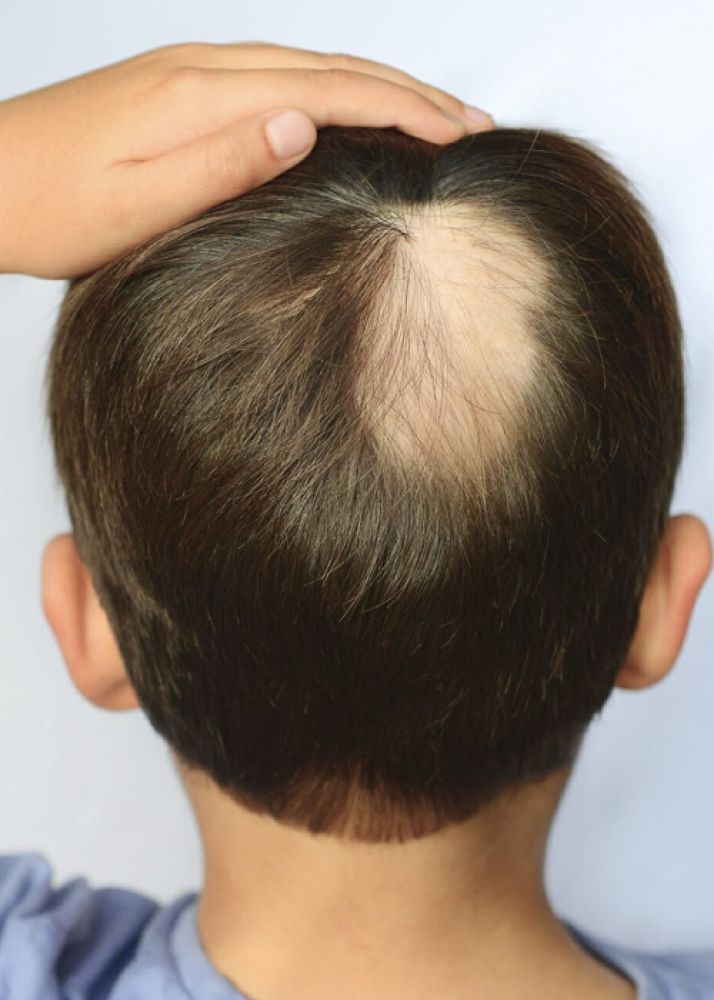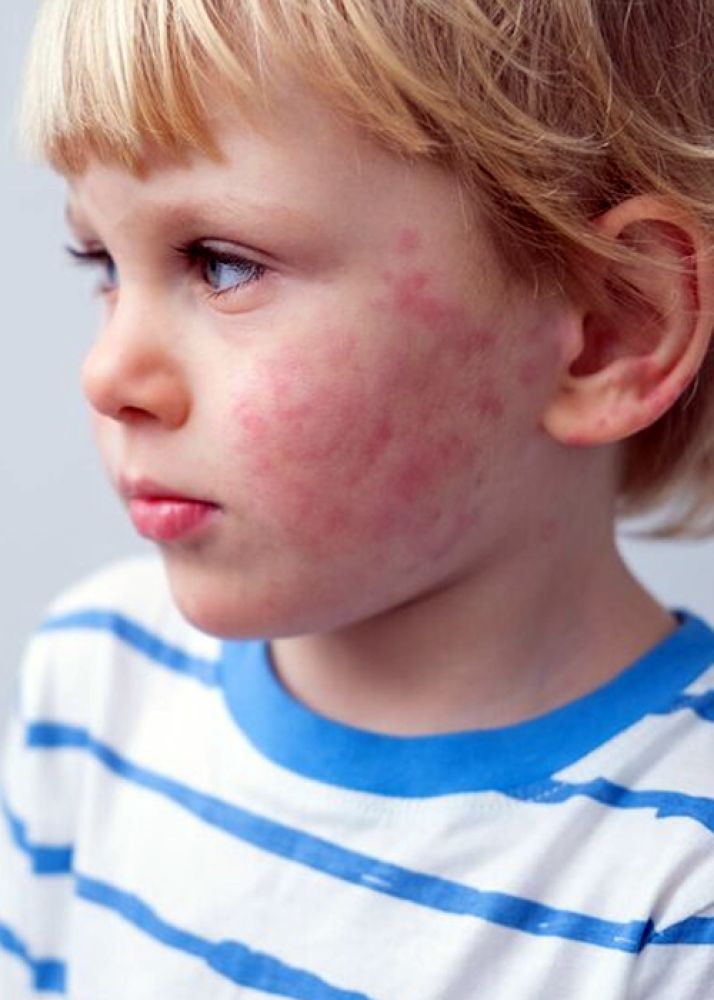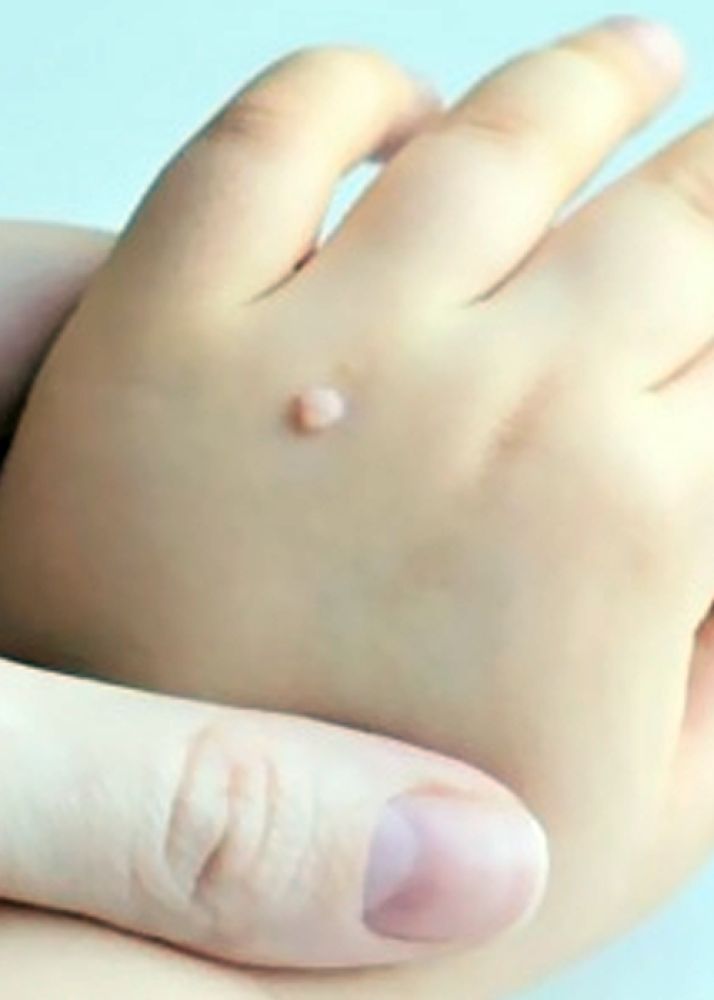Winter Skin Care
During winter, our skin can become dry and sensitive due to environmental factors like cold, wind, and low humidity.

Atopic Dermatitis (Eczema) in Children: Symptoms, Causes, and Treatment Methods
Atopic dermatitis, also known as eczema, is a chronic skin condition commonly seen in children, characterized by itching, redness, and dryness on the skin. This condition arises due to a weakened skin barrier in children. Although atopic dermatitis is not contagious, it can affect children’s daily lives and can be managed with the right treatment and care practices by families.
Symptoms of atopic dermatitis may vary by age and typically include the following:
Atopic dermatitis often appears in areas like the face, neck, inner elbows, and behind the knees. Symptoms may worsen periodically, particularly in dry weather conditions.
While the exact cause of atopic dermatitis is not fully known, it is thought to result from a combination of genetic and environmental factors. Possible causes include:
The goal of atopic dermatitis treatment is to relieve symptoms, control itching, and maintain skin moisture. Dermatologists may recommend the following treatment methods:
There are some measures that can help alleviate and control the symptoms of atopic dermatitis:
Atopic dermatitis in children can be managed with regular care and appropriate treatment. If symptoms persist or become severe, it is important to consult a dermatologist. Your dermatologist can provide the most suitable treatment options to help control atopic dermatitis symptoms in your child.
Atopic Dermatitis

Alopesi Areata

Acne in Children

Impetigo in children

Warts in Children


You can easily reach us through our contact page. Please fill out the form for your questions, suggestions or appointment requests.
Address
Hançerli Mah. Fatih Sultan Mehmet Cad. No: 155 İlkadım/SAMSUN
Show on GoogleMapinfo@gulsekerlisoytatar.com.tr
Working Hours
Monday-Saturday
09:00 - 17:00